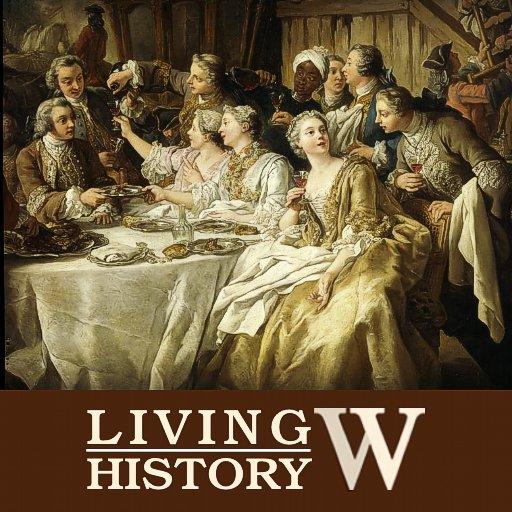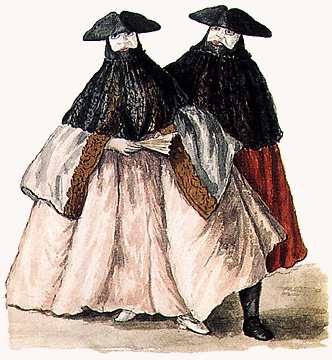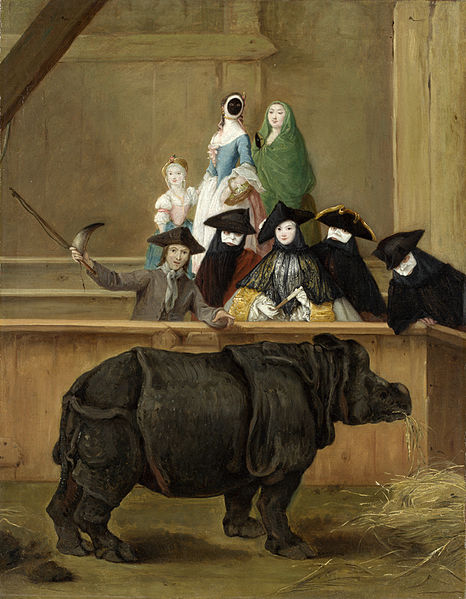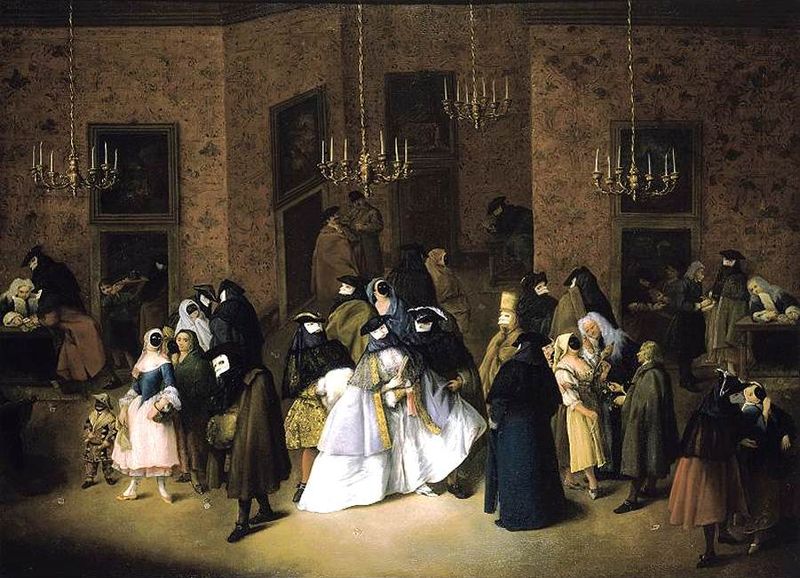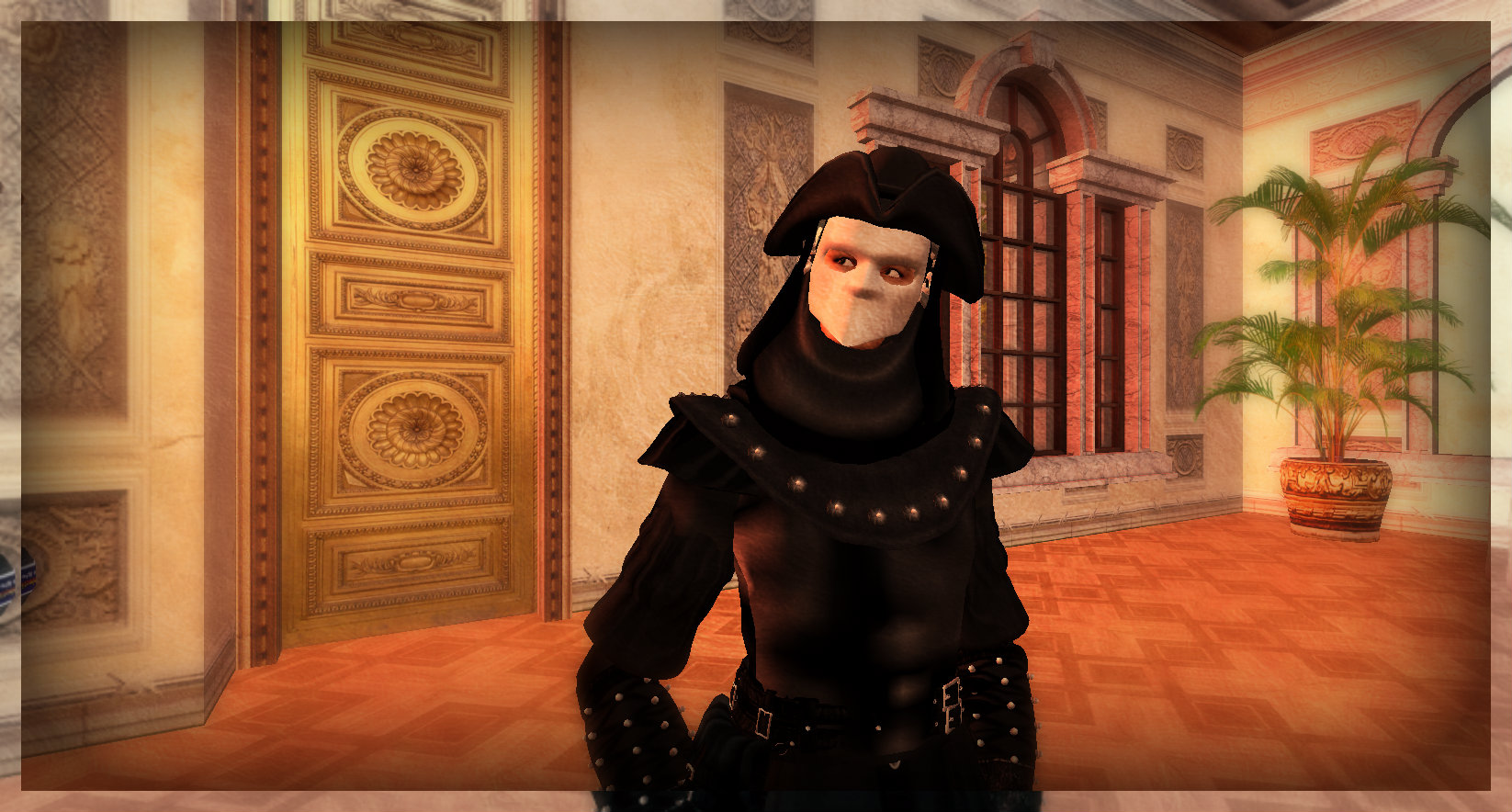The Masks of the Carnival of Venice: The Bauta
 Originally, the Carnival of Venice was to celebrate the victory of the Republic of Venice or "Serenissima Repubblica di Venezia" in 1162 against the Patriarchate of Aquileia, another Italian city state of the era. The people of Venice began celebrating this victory as Carnival in the Piazza di San Marco of Venice. The Carnival of Venice typically ends forty days before the Christian holy day of Easter on Shrove Tuesday, also known as Fat Tuesday or Mardi Gras, the day before Ash Wednesday.
Originally, the Carnival of Venice was to celebrate the victory of the Republic of Venice or "Serenissima Repubblica di Venezia" in 1162 against the Patriarchate of Aquileia, another Italian city state of the era. The people of Venice began celebrating this victory as Carnival in the Piazza di San Marco of Venice. The Carnival of Venice typically ends forty days before the Christian holy day of Easter on Shrove Tuesday, also known as Fat Tuesday or Mardi Gras, the day before Ash Wednesday.
The Bauta mask was made in a style with a jutting chin so that the person wearing it could eat and drink while the mask was on. It is one of the oldest styles of masks and was typically black or white in color. The Bauta mask should not be confused with the Medico della peste or 'The Plague Doctor' mask which has a very long beak. The Plague Doctor mask was used to avoid illness and the style did not originate with Carnival.
Historically, the Bauta mask was constructed of leather, porcelain or glass. The Batua mask is worn with a tricorn hat and a veil covering the rest of the head and neck. Many of the capes or 'tabarro' were originally red, white or blue in color. By the 18th century, it was a very popular costume and the capes worn with the costume were also black.
The mask allowed for complete anonymity in a society of strict social classes of rich and poor, the Bauta allowed for a leveling of the playing field during social events. The wearer could completely conceal their identity so the possibilities of intrigue were rampant. The shape of the mask along the nose area also would allow the wearer to partially change their voice to allow for even more of a disguise.
Originally only allowed during the Carnival, the costumes became more prevalent outside of that time period before Ash Wednesday even during political events where being anonymous was important. Typically worn by men, there are examples of artwork where both men and women wore the Bauta mask or masks in general. Pietro Longhi (1701/2 - 1785) was a Venetian born painter who subjects included everyday Venetian life. He included in his works more than one painting of people in Bauta masks and costumes, or other mask styles not covered in this article.
Clara the Rhinoceros (Ca' Rezzonico) by Pietro Longhi, 1751
The Ridotto in Venice, by Pietro Longhi, ca. 1750's
Inspired by our recent exploration to Venexia in SL and the recent holidays of Carnival and Mardi Gras, the Bauta masks for Carnival are intriguing. There are many more masks used during Carnival with their own style and history. Some reference links are included below for further reading if you wish. A thanks to Lucerius Zeffirelli for the inspiration for this piece.
Reference Links:
http://slowitaly.yourguidetoitaly.com/2013/01/carnival-of-venice-types-of-venetian-masks/
http://en.wikipedia.org/wiki/Carnival_of_Venice
http://www.delpiano.com/carnival/html/bauta.html
http://www.venetian-masquerade-masks.net/2010/08/origins-and-history-of-bauta-mask.html
http://www.camacana.com/tag/bauta-3/
Cheers and thanks for reading,
Leena 
updated by @lady-leena-fandango: 04 Apr 2019 01:13:00PM

